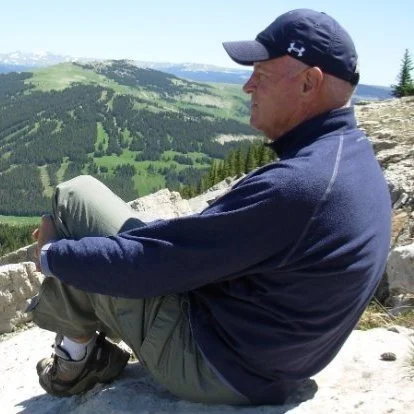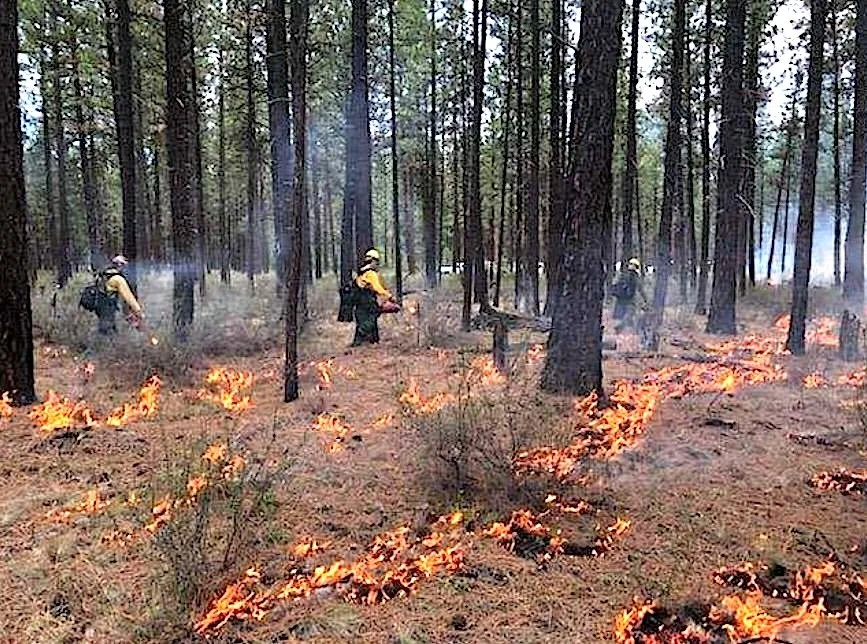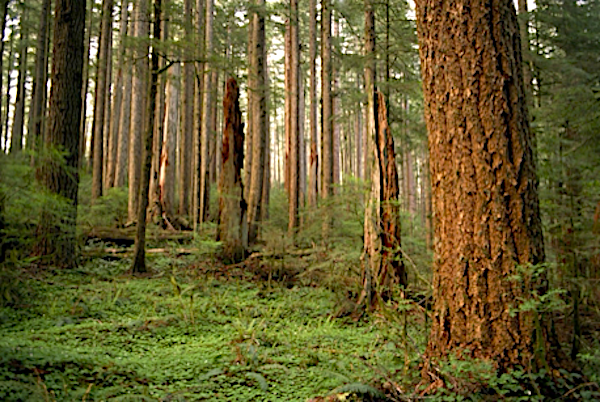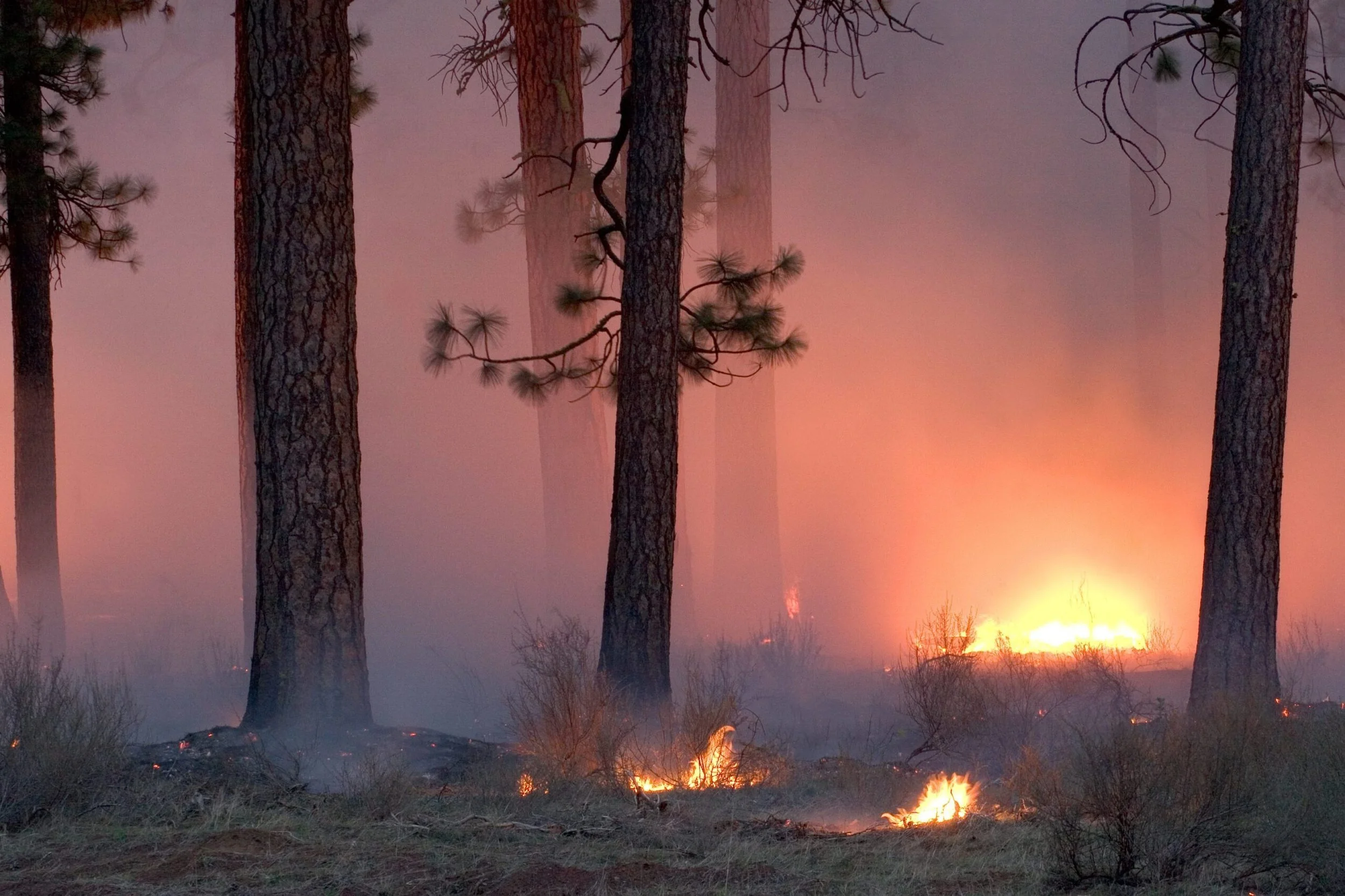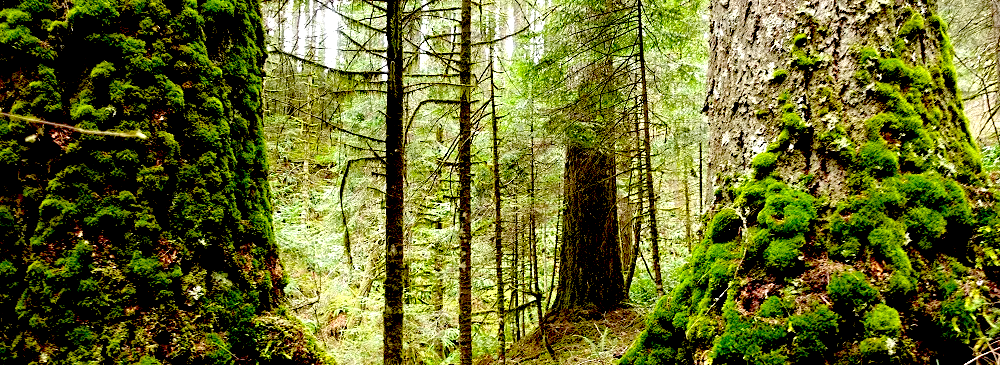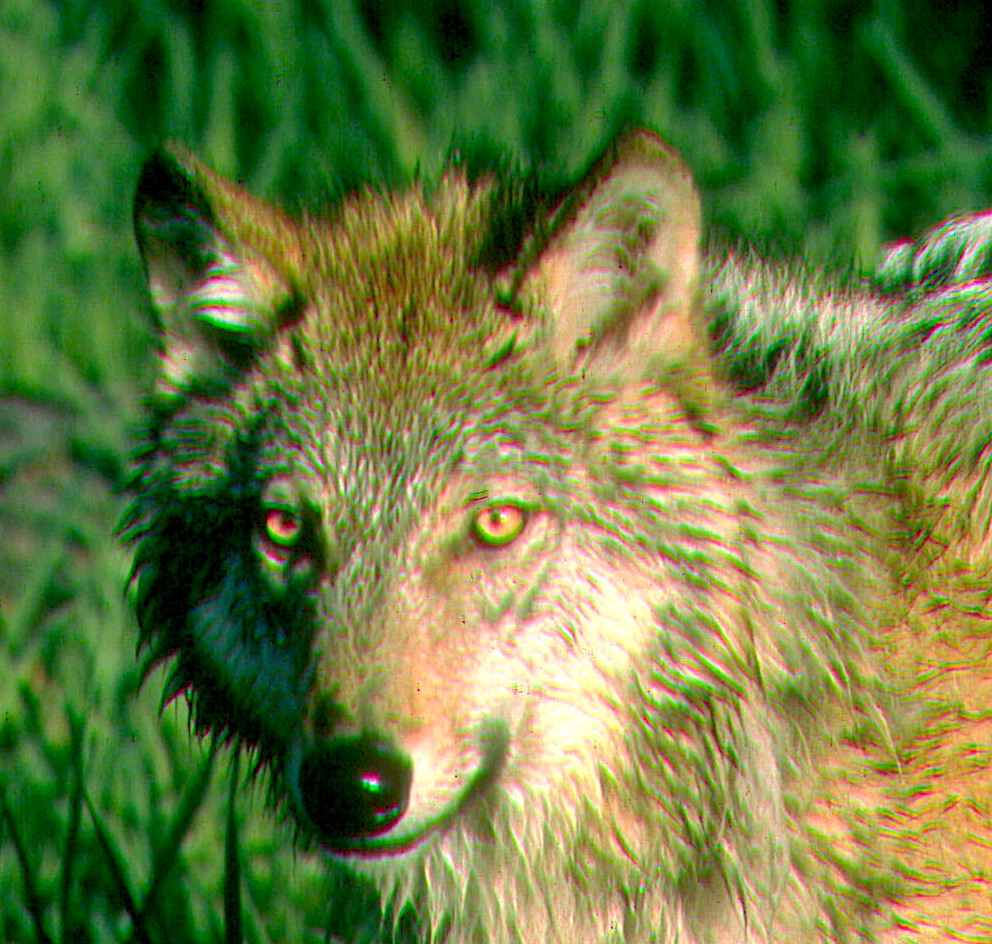Sort By Category
- 30x30
- Administration
- Antiquities Act
- Book Reviews
- Bureau of Land Management
- Climate Change
- Climate change
- Coasts
- Congress
- Counties & Federal Lands
- Courts
- Courts & Litigation
- Department of Agriculture
- Department of Interior
- Deserts
- Ecological Reserves
- Ecosystems
- Elections
- Endangered Species
- Energy
- Estuaries
- Federal Lands
- Fish
- Fish and Wildlife Service
- Forest
- Forest Fires
- Forest Service
- Forestry
- Forests
- Grasslands
- Land & Water Cons. Fund
- Land & Water Conservation Fund
- Legislation
- Litigation
- Livestock Grazing
- Marine Protected Areas
- Marine Sanctuaries
- Mature & Old-Growth Forests
- Mature and Old-Growth Foresrts
- Mining
- Nat'l Conservation Lands
- National Forest System
- National Marine Sanctuaries
- National Monuments
- National Monuments Act
- National Park Service
- National Park System
- National Parks
- National Recreation Area
- National Scenic Area
Sort By Tag
- 1002 area
- 30x30
- 5th Amendment
- ANWR
- Acadia National Park
- Adam Smith
- Administrative Procedure Act
- Advancing Conservation and Education Act
- Alan Bates
- Alan Deboer
- Alaska
- Alaska National Interest Lands Act
- Alaska Native Claims Settlement Act
- Aldo Leopold
- American Forest Resource Council
- American Prairie Reserve
- American Tree Farm System
- American beef supply
- American black duck
- American woodcock
- Ammon Bundy
- Ancient Forest National Park
- Anders Eskil Carlson
- Andrea Salinas
- Andrew N. Gray
- Andy Kerr
- Animal unit month
- Ansel Adams
- Antiquities Act
- Applegate Primitive Backcountry Area
- Aqua Fria National Monument
- Aquatic Conservation Strategy
- Aquatic Conservation and Riparian Strategy
- Arches National Monument
- Arches National Park
- Arctic National Wildlife Refuge
- Areas of Critical Environmental Concern
- Army Corps of Engineers
- Association of O&C Counties
- Astoria Canyon
- Astoria Fan
- Atlantic Coast
- Augusta Canal NHA
- Avarna Group
- Avi Kaw Ame
- BLM Conservation Rule
- BLM Zone 3 Lands
- BOEM Oregon Planning Area
- Baboquivari Peak Wilderness
- Baker County
The Death of the Forest Service Is Overdue
President Trump’s evisceration of the Forest Service should not upset enviros, as the agency deserves it, albeit for reasons other than Trump’s.
The Public Lands Conservation Legacy of Senator Ron Wyden, Part 2: An Opportunity for Greatness
To be remembered as the greatest public lands conservationist to come out of the Oregon congressional delegation, Wyden needs to step up his game.
Roadless Area Ping Pong
58.5 million acres of inventoried roadless areas within the National Forest System are once again in existential jeopardy.
A National Monument for the Douglas-Fir
If currently degraded forests are included in a national monument dedicated to long-term conservation, our grandchildren will be able to see the vast landscape of old-growth Douglas-fir forests that our grandparents saw.
Trump 2.0 and the Nation’s Federal Forestlands
The excesses of the executive branch will need to be checked by the judicial branch, the legislative branch, and/or the people.
The Demise of Northwest Forest Plan
Like bankruptcy, the death of the Northwest Forest Plan has proceeded slowly and might end quickly.
Remembering Jim Furnish, Oregon Conservationist
America’s national forests have lost the greatest inside champion they’ve ever had.
The Demise of the National Old-Growth Amendment: Never Say Never
America’s national forests have lost the greatest inside champion they’ve ever had.
Rethinking Commercial Thinning as a “Tool” to Ecologically Restore Frequent-Fire Forest Types (Part 2): Burn, Baby, Burn
A new scientific review of many scientific papers suggests it is not necessary to thin before reintroducing fire into fire-dependent forests. Part 2 examines the new science and its implications for policy.
Saving Old Growth from the Forest Service
The Forest Service is blowing President Biden’s chance of saving mature and old-growth forest for this and future generations.
Rethinking Commercial Thinning as a “Tool” to Ecologically Restore Forests of the Frequent-Fire Type, Part 1: Outdated Science and Policies
A new scientific review of many scientific papers suggests it is not necessary to thin before reintroducing fire into fire-dependent forests. Part 1 sets the stage with a review of past thinking about thinning.
The Continuing Reduction in the Number of Sawmills in the Pacific Northwest
The reduction of surplus production capacity continues to result in lumber mill shutdowns, though the contributing factors cited have changed as times have changed.
The Forest Service Proposal to Save Its Old Growth: A Start, Though Inadequate
The Forest Service’s announcement that it is going to amend all national forest land management plans to “conserve and steward” old-growth forests is a start, although it’s a third of a century late and the proposed amendment is as light on conservation as it is loose on stewardship. As now proposed, the amendment leaves out mature forests, and the agency would leave loopholes large enough for log trucks loaded with old-growth logs to drive through.
The Unmaking of the Northwest Forest Plan, Part 2: Remaking It for the Next Quarter Century
This is the second installment of a two-part series on the Forest Service seeking to amend the Northwest Forest Plan. Part 1 examined the motivation of Forest Service bureaucrats to release themselves from the shackles of the plan, all the while playing up happy talk about ecosystems and sustainability and downplaying the sad truth of more roading and logging. Part 2 examines how to strengthen the Northwest Forest Plan for the benefit of this and future generations.
The Unmaking of the Northwest Forest Plan, Part 1: Out with Enforceable Substance and in with Performative Process
This is the first installment of a two-part series on the Forest Service seeking to amend the Northwest Forest Plan. Part 1 examines the motivation of Forest Service bureaucrats to release themselves from the shackles of the plan, all the while playing up happy talk about ecosystems and sustainability and downplaying the sad truth of more roading and logging. Part 2 will examine how to strengthen the Northwest Forest Plan for the benefit of this and future generations.
Protecting Drinking Water Sources, Part 1: Water Quantity, Quality, and Timely Release
This is the first installment of a two-part exploration of the impact of logging on watersheds that supply public water. Part 1 examines the benefits of older forests in providing and protecting water quantity, water quality, and timely release of water. Part 2 offers suggestions to protect watersheds that supply public water in order to improve quantity, quality, and timely release of water while also attaining coincidental conservation benefits for this and future generations.
Retiring Grazing Permits, Part 3: Future of the Voluntary Retirement Option
This is the third of a three-part exploration of retiring permits for grazing on federal public lands. Part 1 examined the state of the public lands grazing industry and made the case for the equitable end to abusive livestock grazing on public lands. Part 2 reviewed the history of congressional and other actions to facilitate retirement of federal grazing permits. Part 3 speculates on the future of this conservation tool.
Retiring Grazing Permits, Part 1: Context and Case for the Voluntary Retirement Option
This is the first of a three-part exploration of retiring permits for grazing on federal public lands. Part 1 examines the state of the public lands grazing industry and makes the case for the equitable end to abusive livestock grazing on public lands. Part 2 will review the history of congressional and other actions to facilitate retirement of federal grazing permits. Part 3 will speculate on the future of this conservation tool.
Forest Service Proposes Rulemaking: An Opportunity to Conserve and Restore Mature and Old-Growth Forests
The Forest Service has announced it is going to be proposing new regulations to address the “climate resilience” of the National Forest System. We can hope these will include the conservation and restoration of mature and old-growth forests and trees.
How Much Mature and Old-Growth Forest Does the US Have Left?
Supreme Court Justice Potter Stewart said it of pornography, but he could have applied the thought to old-growth forests as well: “I shall not today attempt further to define the kinds of material I understand to be embraced . . . but I know it when I see it.”






